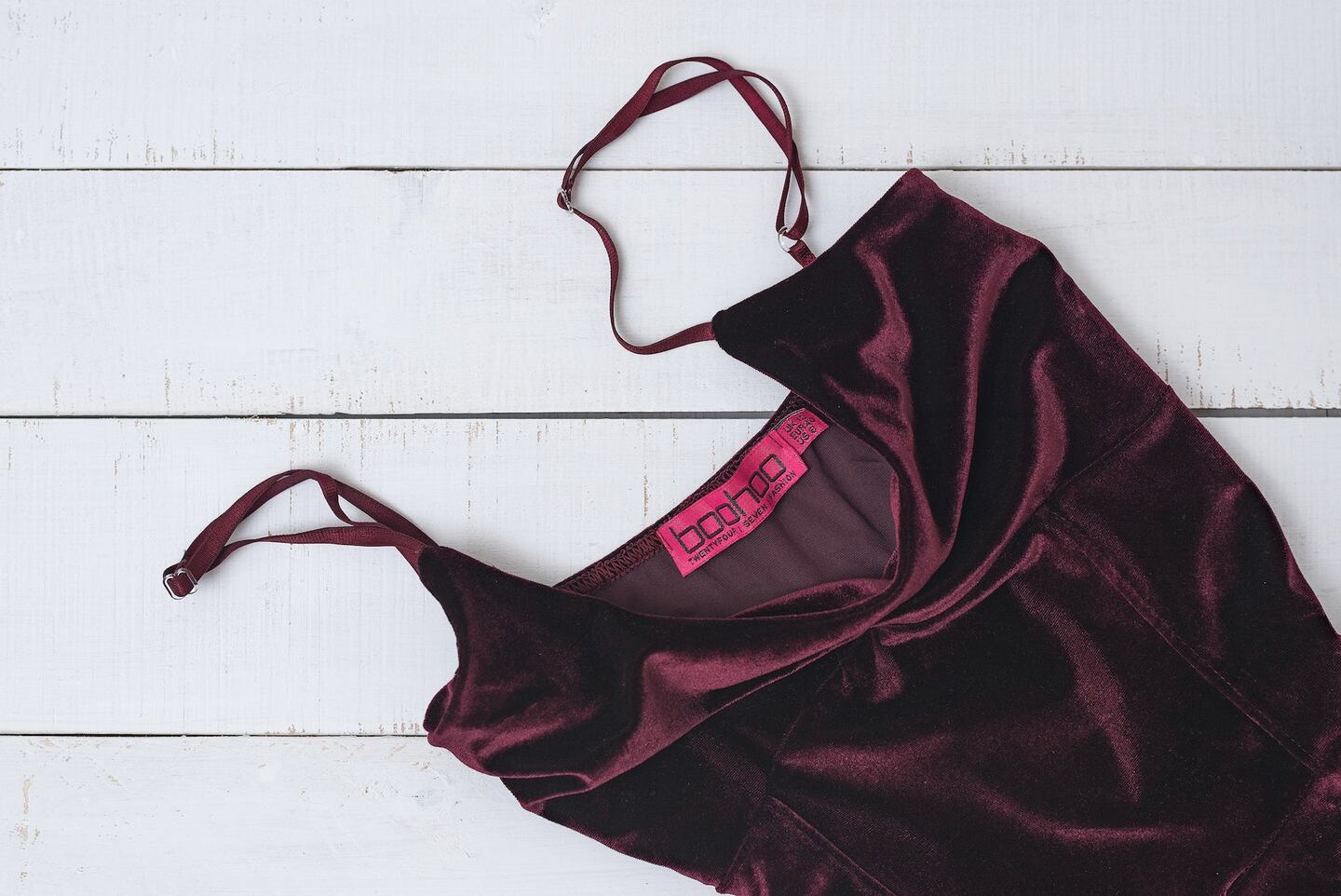
The Business of Fashion
Agenda-setting intelligence, analysis and advice for the global fashion community.

Agenda-setting intelligence, analysis and advice for the global fashion community.

MANCHESTER, United Kingdom — Online fashion success story Boohoo said on Wednesday it would top market expectations for profits and sales again this year after first-quarter results showed revenue up 45 percent as it adapted quickly to the coronavirus lockdowns.
Shares of the company rose nearly 10 percent in early deals as it said it was buying the online businesses of Oasis and Warehouse, snapping up a pair of struggling brands it said would help it build on its momentum at a time when many brick-and-mortar retailers are collapsing.
Boohoo, which owns the Nasty Gal and prettylittlething brands, has become a hit with a generation of younger consumers who shop on their mobile phones and share fashion tips on social media. It last year bought Karen Millen and Coast.
"Whilst there is a period of uncertainty within the markets in which we operate, the group is well-positioned to continue making progress towards leading the fashion e-commerce market globally," Chief Executive John Lyttle said.
ADVERTISEMENT
Revenue surged to £367.8 million ($462.40 million) from £254.3 million a year earlier, well ahead of the consensus of a 15 percent growth, according to Jefferies analysts.
The analysts said they view the acquisition of Oasis and Warehouse "as a low risk and likely high returning opportunity, one that provides further evidence of the long-term potential in Boohoo's multi-brand platform".
Manchester-based Boohoo bought the brands from Hilco Capital for £5.25 million.
By Pushkala Aripaka; editors: Aditya Soni and Anil D'Silva
As the German sportswear giant taps surging demand for its Samba and Gazelle sneakers, it’s also taking steps to spread its bets ahead of peak interest.
A profitable, multi-trillion dollar fashion industry populated with brands that generate minimal economic and environmental waste is within our reach, argues Lawrence Lenihan.
RFID technology has made self-checkout far more efficient than traditional scanning kiosks at retailers like Zara and Uniqlo, but the industry at large hesitates to fully embrace the innovation over concerns of theft and customer engagement.
The company has continued to struggle with growing “at scale” and issued a warning in February that revenue may not start increasing again until the fourth quarter.